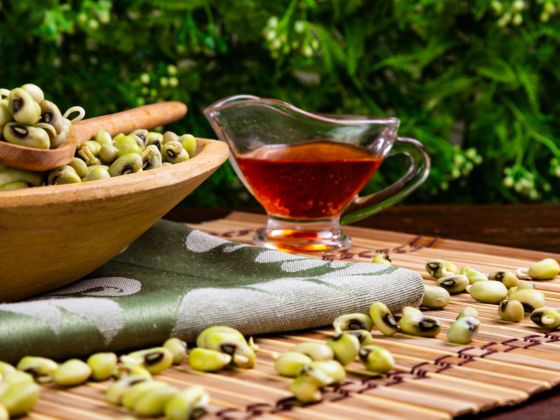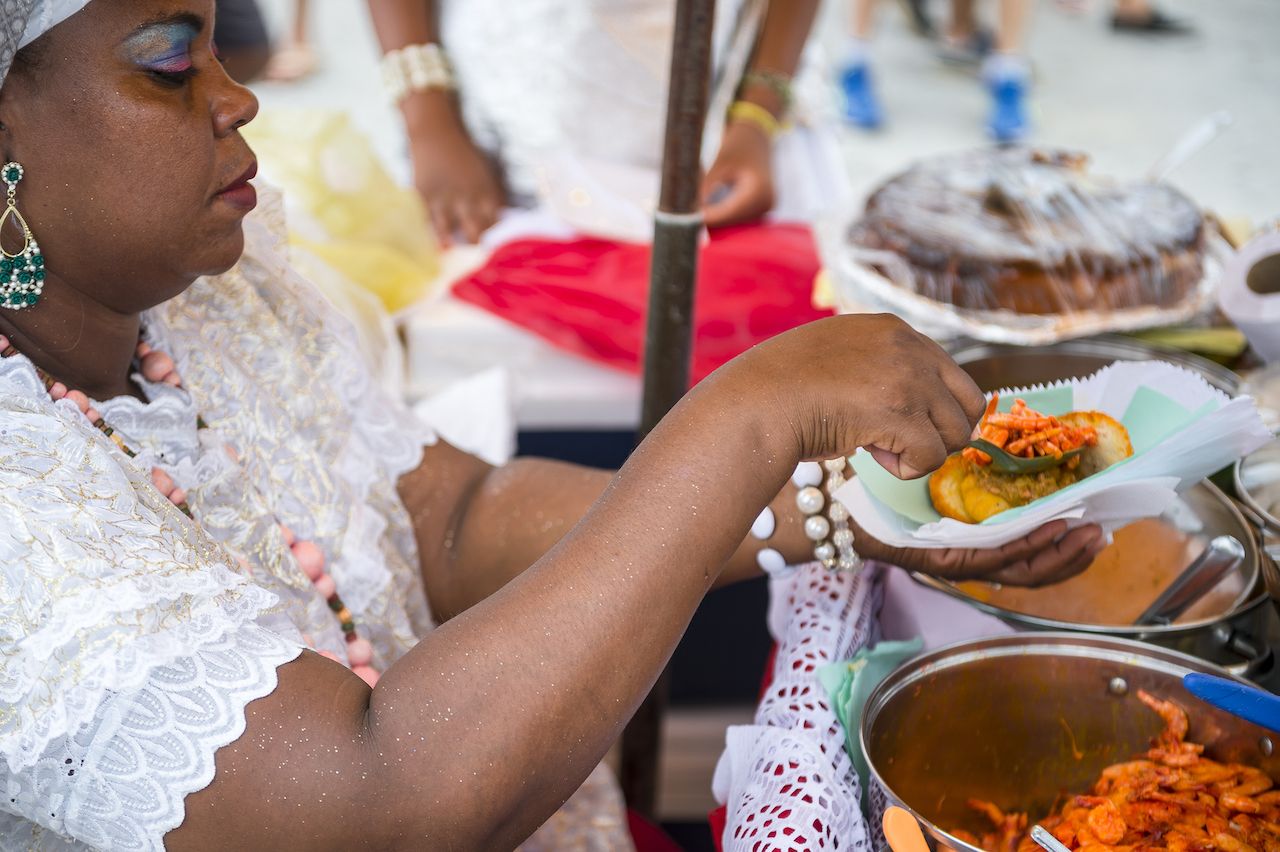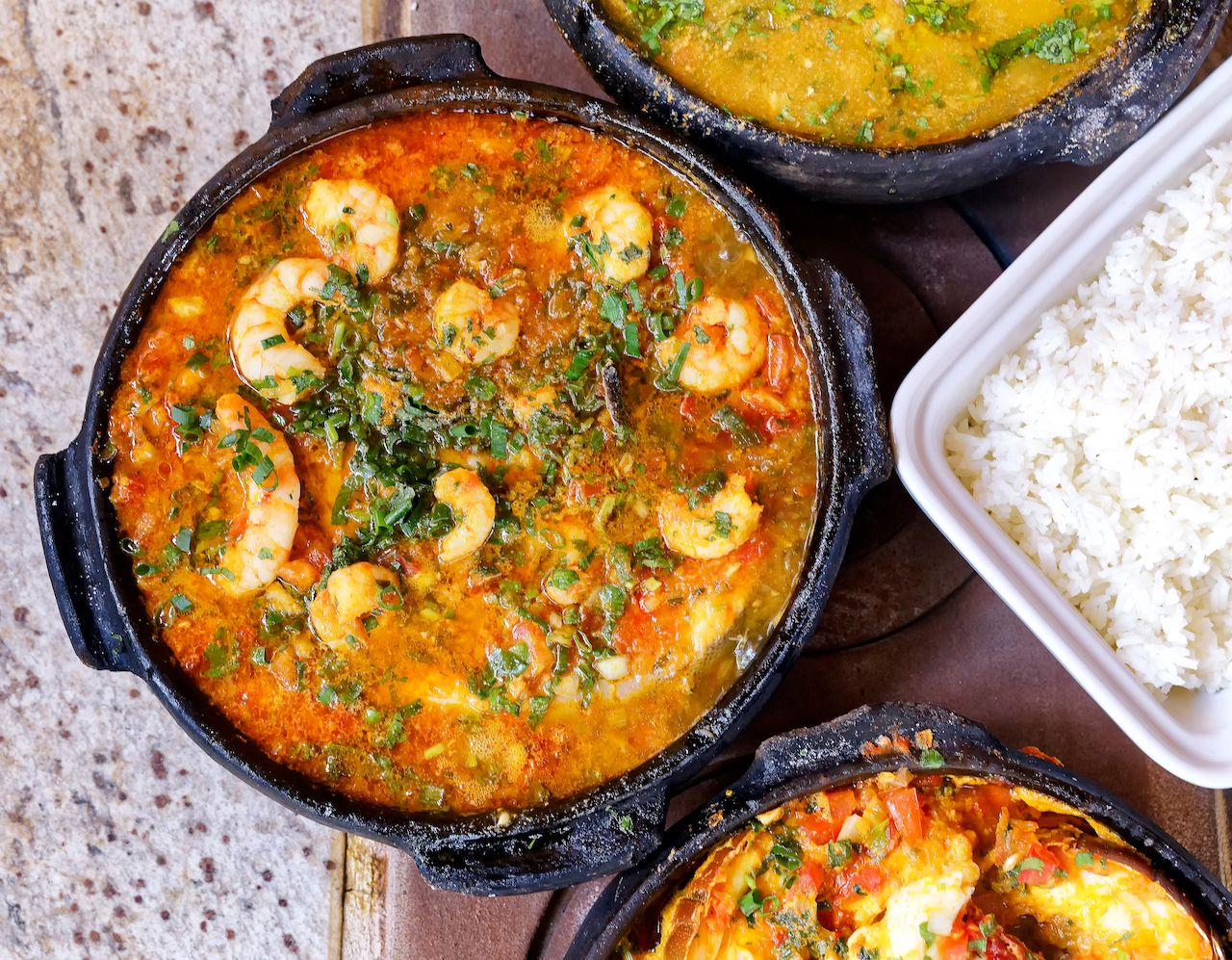“NOELLE, DENDÊ OIL is a sacred liquid,” Brazilian chef Isis Rangel messages me, in Portuguese, moments after we’ve hung up the phone. “I forgot to tell you that.”
I’ve just been speaking with Rangel about the brilliantly red oil used in the African-inspired cuisine of Brazil’s northeastern state of Bahia. Rangel is head chef at Sabores de Gabriela, which specializes in Bahian food, but is located further south — in the city where I lived growing up, Rio de Janeiro.



